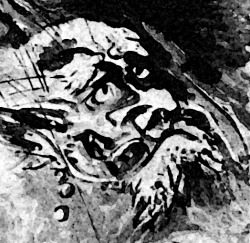The WAY oF THE HARMONIOUS SPIRIT
"...enter deeply into an attack and neutralize it as you draw that misdirected force into your own sphere."
Morihei Ueshiba - Founder of Aikido
Morihei Ueshiba - Founder of Aikido

HoursJunior Classes (7 to 12 years of age) :
Tuesday 4:30 - 5:20 pm Friday 4:30 - 5:20 pm Adult Classes (from 13 years of age): Basics Weapons General Tuesday 7.00 - 7.40 pm 7.45 - 8.30 pm Friday 6.00 - 6.40 pm 6.45 - 8.00 pm Sunday 4.00 - 4.55 pm 5.00 - 6.00 pm |
|
